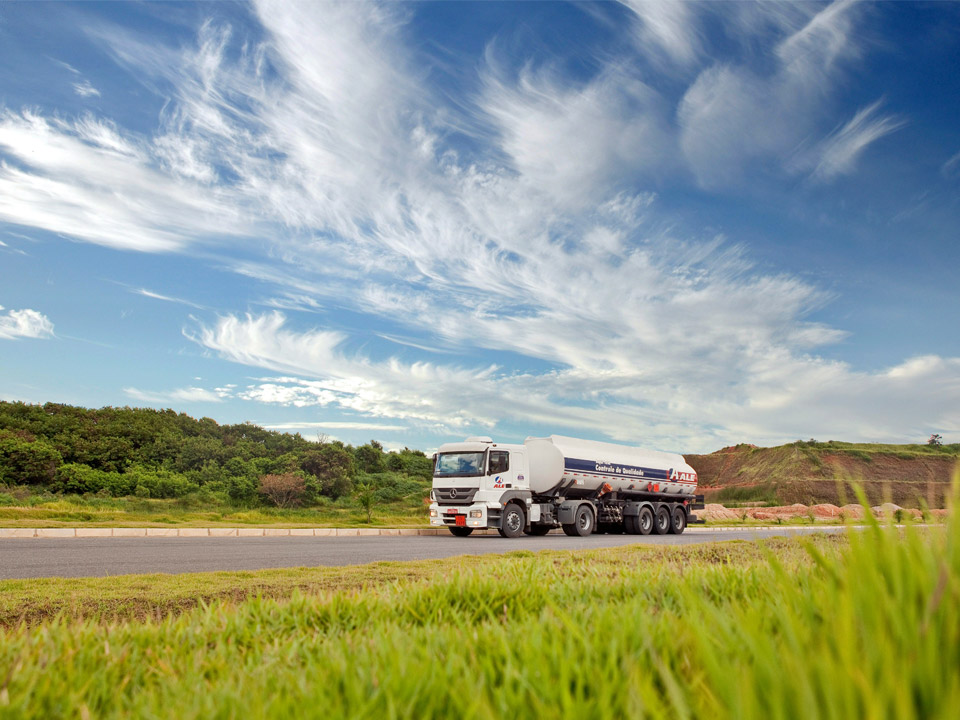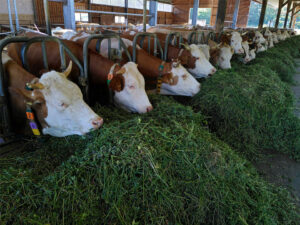Algae, often overlooked as mere pond scum, holds remarkable potential in advancing green energy and sustainable practices. This diverse group of organisms, ranging from microscopic cyanobacteria to macroscopic seaweeds, offers versatile solutions across various industries. Here, we explore some of the innovative uses algae contribute to a greener future.
Algae as biofuel
One of the most promising uses of algae lies in biofuel production. Algae can efficiently convert sunlight and carbon dioxide into lipids through photosynthesis. These lipids can be extracted and processed into biofuels like biodiesel or green crude oil. Unlike traditional biofuel crops such as corn or soybeans, algae cultivation requires less land and freshwater, making it a more sustainable alternative.
Uses of algae in bioplastics
Another exciting use of algae is in bioplastic production. Polymers derived from algae can be used to manufacture biodegradable plastics. These bioplastics offer a sustainable alternative to conventional plastics, which persist in the environment for centuries. Algal bioplastics can break down naturally, reducing plastic pollution and its harmful impact on marine life.
Algae in waste water treatment
Algae play a crucial role in wastewater treatment due to their ability to absorb nutrients like nitrogen and phosphorus. These nutrients are pollutants in wastewater and can lead to harmful algal blooms in natural water bodies. Algae-based systems, such as algae ponds or photobioreactors, can efficiently remove these nutrients, purifying wastewater before it is discharged back into the environment.
Algae as a nutritious superfood
Beyond industrial applications, certain algae species like Spirulina and Chlorella are hailed as superfoods. Packed with essential nutrients, vitamins, and antioxidants, these algae offer a sustainable source of protein and micronutrients. Incorporating algae into diets can promote food security and address malnutrition, particularly in regions where traditional protein sources are scarce.
Uses of algae in carbon capture
Algae have the ability to sequester carbon dioxide from the atmosphere through photosynthesis. By cultivating algae in large-scale bioreactors or open ponds, carbon dioxide emissions from industrial processes can be captured and converted into biomass. This biomass can then be used for various applications, including biofuels, thereby mitigating greenhouse gas emissions.
Challenges and considerations
While the potential of algae is vast, there are challenges to widespread adoption. Scalability, cost-effectiveness of cultivation and processing methods, and competition with existing industries are significant hurdles. Research and development continue to address these challenges, aiming to unlock the full potential of algae-based technologies.
Conclusion
Algae hold immense promise in transforming various sectors towards sustainability and environmental stewardship. From biofuels to bioplastics, wastewater treatment to nutrition, algae demonstrate their versatility and eco-friendly credentials. As we continue to innovate and harness their potential, algae-based solutions offer a pathway to a cleaner, greener future for generations to come.
By embracing algae’s potential and supporting ongoing research and development efforts, we pave the way for a sustainable future where nature’s solutions play a central role.



